 When Gearbox Software announced Borderlands: The Pre-Sequel coming October14th for Xbox® 360, PlayStation® 3 and PC the crowd went wild. If you’ve been living off-planet and aren’t familiar with the Borderlands franchise, it’s helped a new genre for games known as “shooter-looters”.
When Gearbox Software announced Borderlands: The Pre-Sequel coming October14th for Xbox® 360, PlayStation® 3 and PC the crowd went wild. If you’ve been living off-planet and aren’t familiar with the Borderlands franchise, it’s helped a new genre for games known as “shooter-looters”.
The game is being developed in conjunction with 2K Games, which can obviously make for some interesting challenges. We had a chance to chat with some of the development team including James Lopez (Producer – Gearbox Software), Joel Eschler (Producer – 2K Australia), David Fisk (Sr. Systems Engineer – Gearbox Software) and Jeff Macfee (IT Director – Gearbox Software) about Borderlands: The Pre-Sequel and how the team overcame some of those creative challenges.
SeagateCreative: Give us an overview about Borderlands: The Pre-Sequel – how does this title connect to the other two in the series?
James Lopez (Producer at Gearbox Software): Borderlands: The Pre-Sequel is the latest installment in the Borderlands series. It takes place between Borderlands and Borderlands 2 and tells the story of Handsome Jack’s rise to power, as well as his moral downfall.
Joel Eschler (Producer at 2K Australia): Borderlands: The Pre-Sequel gives us a great opportunity to explore the events in Jack’s life which caused him to go from a company man to a blood thirsty villain. We also have the chance to expand upon the stories of all 4 of our new playable characters as well as other familiar faces in the game.
James Lopez: All four playable characters are known to Borderlands fans, but are new as playable characters. Players can choose from Athena (the former head of the Crimson Lance Assassins in Borderlands), Wilhelm (Jack’s number one enforcer in Borderlands 2), Nisha (the Sheriff of Lynchwood and Jack’s girlfriend in Borderlands 2), and Claptrap.
SeagateCreative: What was the thinking behind creating a pre-sequel rather than a traditional sequel?
James Lopez: We knew there was still plenty of story to tell about the events between Borderlands and Borderlands 2, and this felt like the perfect story to tell. It also coincides nicely with the fact that some of our top fan requests are to go to the moon, as well as to learn more about Handsome Jack.
Joel Eschler: We felt there was so much mystery left between Borderlands 1 and 2, with the cracks appearing on the moon as well as that pesky Hyperion space station that keeps firing down on you. The Pre-Sequel is the perfect place to dive into these stories and by going to the moon; it allows us to explore entirely new gameplay mechanics such as low gravity and oxygen.
SeagateCreative: It’s interesting that the game is only releasing on Xbox 360 and PlayStation3 – what’s the reasoning behind this versus making the leap to Next Gen (or now current gen) consoles?
James Lopez: The majority of our fans are still on Xbox 360 and PlayStation 3. We feel that it makes sense to try to reach them on the platform they’re still on, although the idea of next-gen/current-gen Borderlands: The Pre-Sequel is pretty exciting to me.
Joel Eschler: We wanted to ensure that Borderlands: The Pre-Sequel was a huge, sprawling epic with new locations, characters, weapons, vehicles, enemies etc. And being able to focus on the familiar engine and platforms has allowed us to devote 100% of our dev team’s effort to doing exactly that.
SeagateCreative: Claptrap has obviously become a huge hit in the series. For the fans, will we be able to throw another party with the character?
James Lopez: We’re holding off on most mission spoilers for now, but you’ll be able to play as Claptrap, which makes any co-op game, instantly a party.
SeagateCreative: What is one experience you’d like players to come away with after playing Borderlands: The Pre-Sequel?
James Lopez: That they had fun. Seriously though, I hope they feel like they got some of their questions about what happened during this time answered, and enjoy the new gameplay features. We’re experimenting a lot with the low gravity and oxygen systems in The Pre-Sequel. They’re pretty exciting to us and I find myself wishing they were in more games, and I hope our fans feel the same.
Joel Eschler: I want fans to feel more connected to the playable characters in The Pre-Sequel. The teams have done a lot of hard work expanding the dialogue system to give each playable character unique reactions to events throughout the game. It came about as a natural evolution of the system because Athena is certainly not going to react to Jack the same way Wilhelm does and vice versa. So, we decided to build out each of the playable characters to be as deep and fully realized as possible. We’ve already seen fans make intricately details cosplay for the playable characters in The Pre-Sequel, and it has been an amazing experience. So, any time we can allow our fans to connect to the different characters even further, it is worth the effort.
SeagateCreative: Switching gears a moment, storage obviously has a huge impact on the creative process when developing a game, but what role does it play when “assembling” a game for production?
David Fisk, Senior Systems Engineer: “Assembling” the game requires a very diverse workload from our hardware. Some stages are more CPU and RAM intensive but in general disk IO is always a huge concern. That is why we don’t use disk. The storage we use during the build process is all in RAM because it is many times faster than disk. After the build is completed, it is stored on a SAN backed file share for users to freely download and test/play.
Jeff Macfee, IT Director: Many factors go into the assembly of a game, but where storage can play the largest role is during code check-out and check-in, and during a build. Although we rely heavily on CPU and memory performance, disk is always going to play a role because of its capacity. As such we need highly responsive disk. Quick reads and writes allow our developers to pull down code with minimal delays. This same kind of high performance helps when we’re pulling code for a build, or writing out a build to a remote location. Speed and capacity are key.
SeagateCreative: How are game assets stored and/or archived?
David Fisk, Senior Systems Engineer: Game assets are generally stored in two locations, our source control database and our file servers.
Jeff Macfee, IT Director: Game assets are stored in source control, on file servers, and in our various backup mechanisms.
SeagateCreative: Do previously created assets ever get reused?
David Fisk, Senior Systems Engineer: Yes. Besides the title they are created for, assets may get reused in future games, DLC, or marketing materials.
Take a closer look at Borderlands: The Pre-Sequel with our video interview from E3 with Franchise Director Matt Armstrong and be sure to keep up on Gearbox Software at their official channels – Official Site, Twitter, YouTube and Facebook.


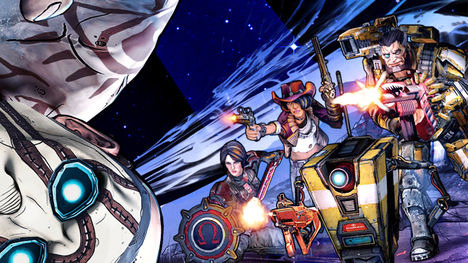
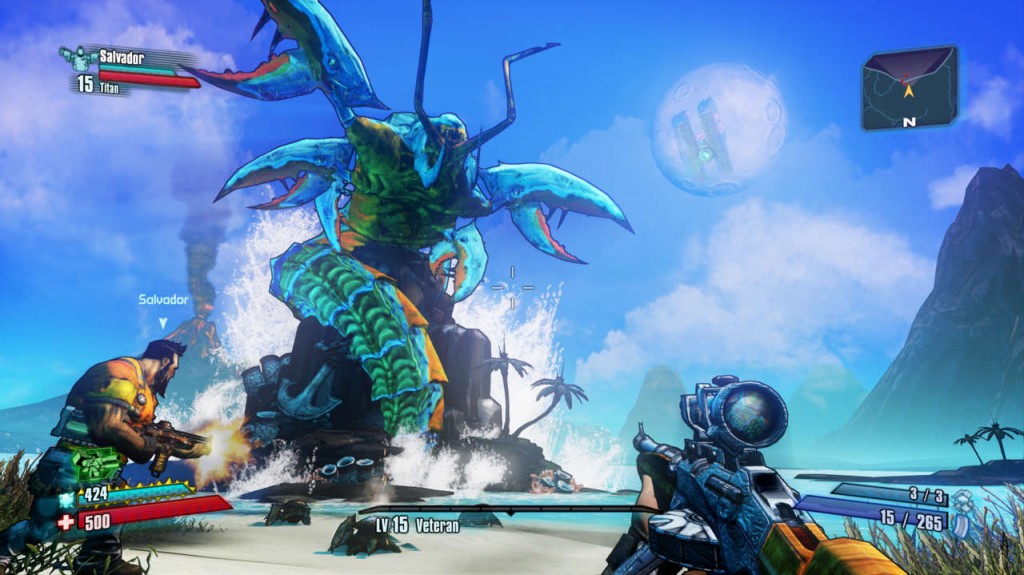
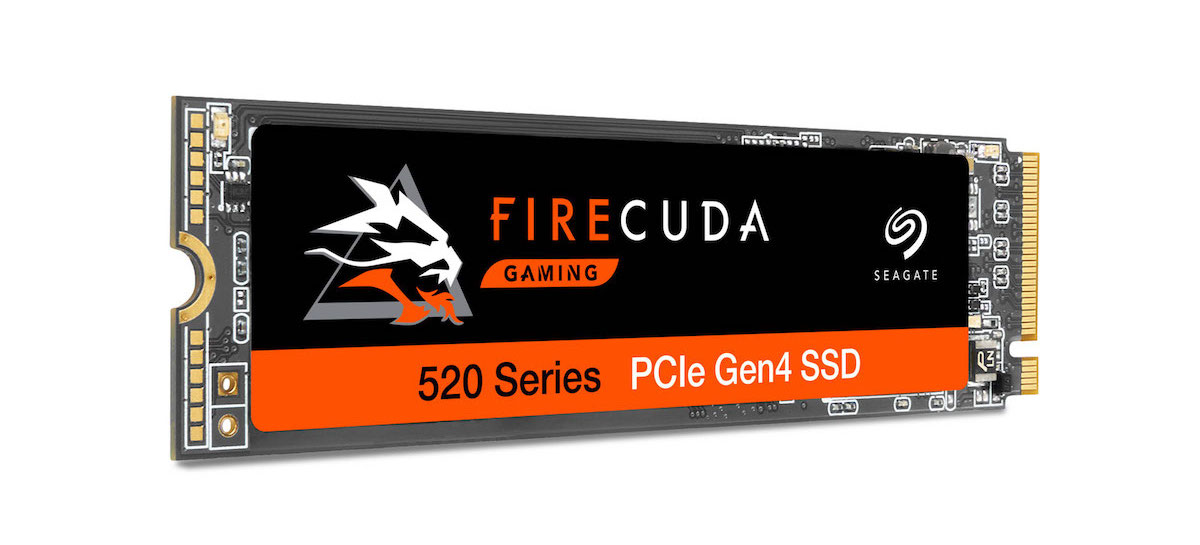
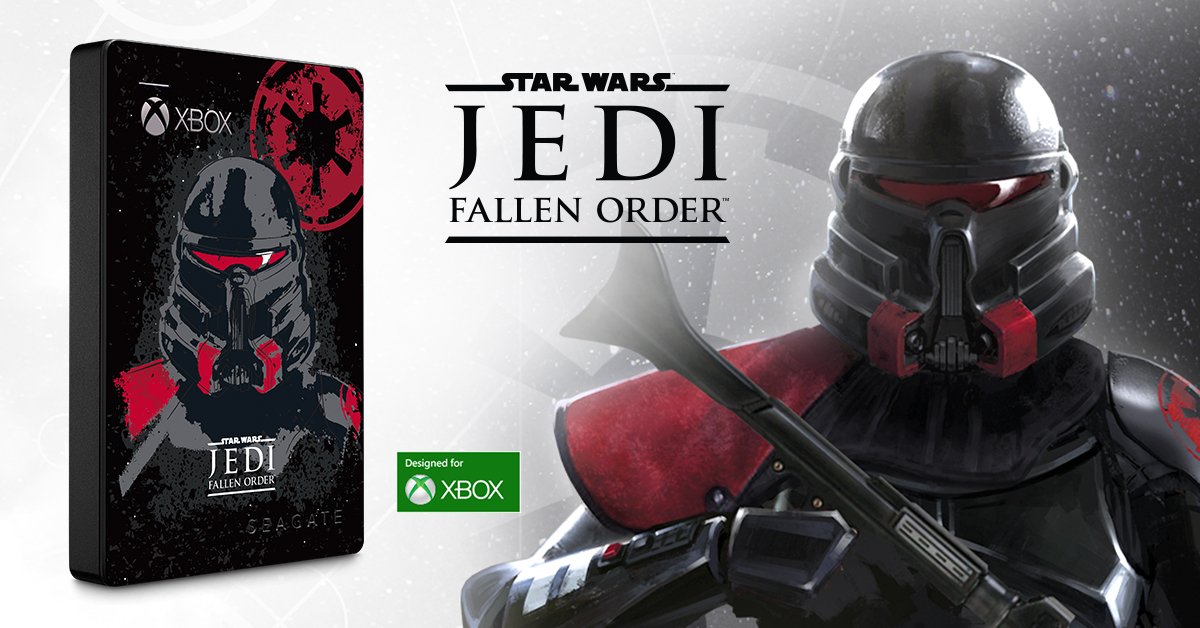

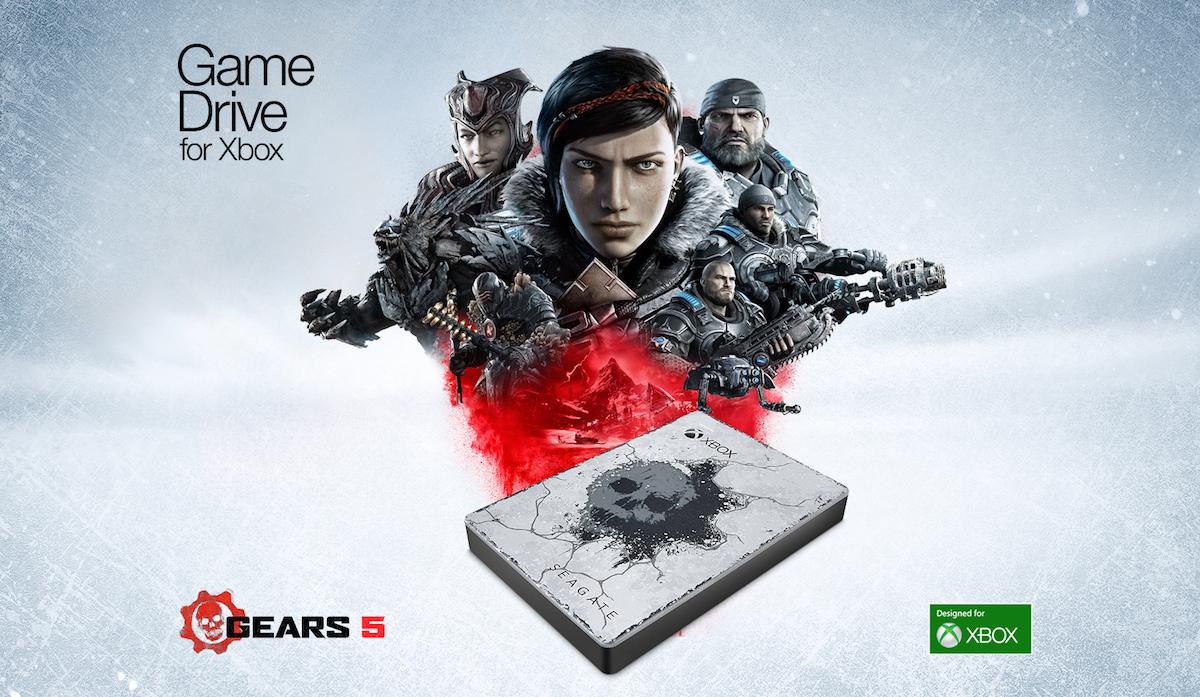
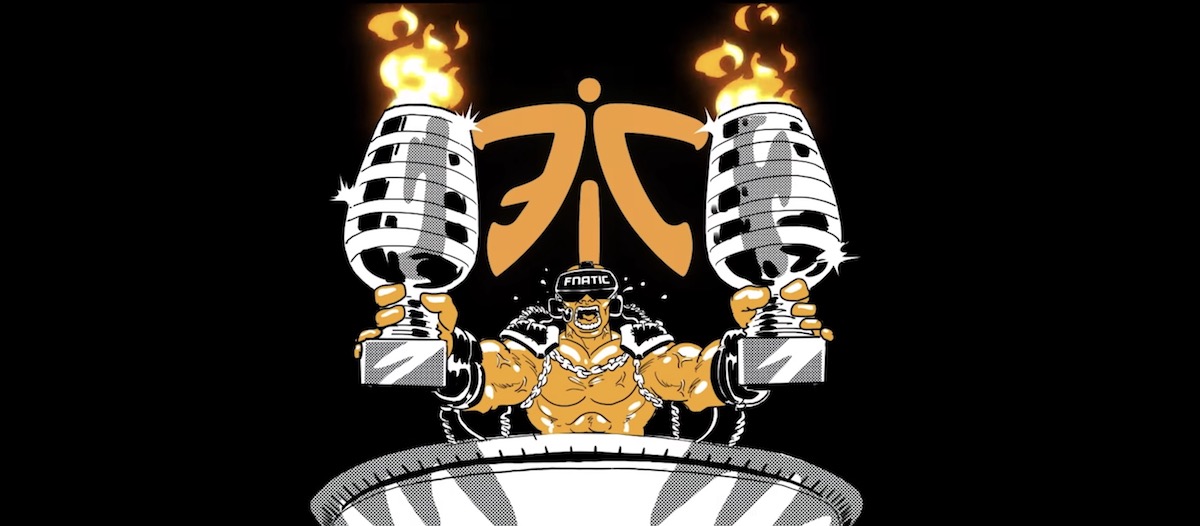
Leave A Comment